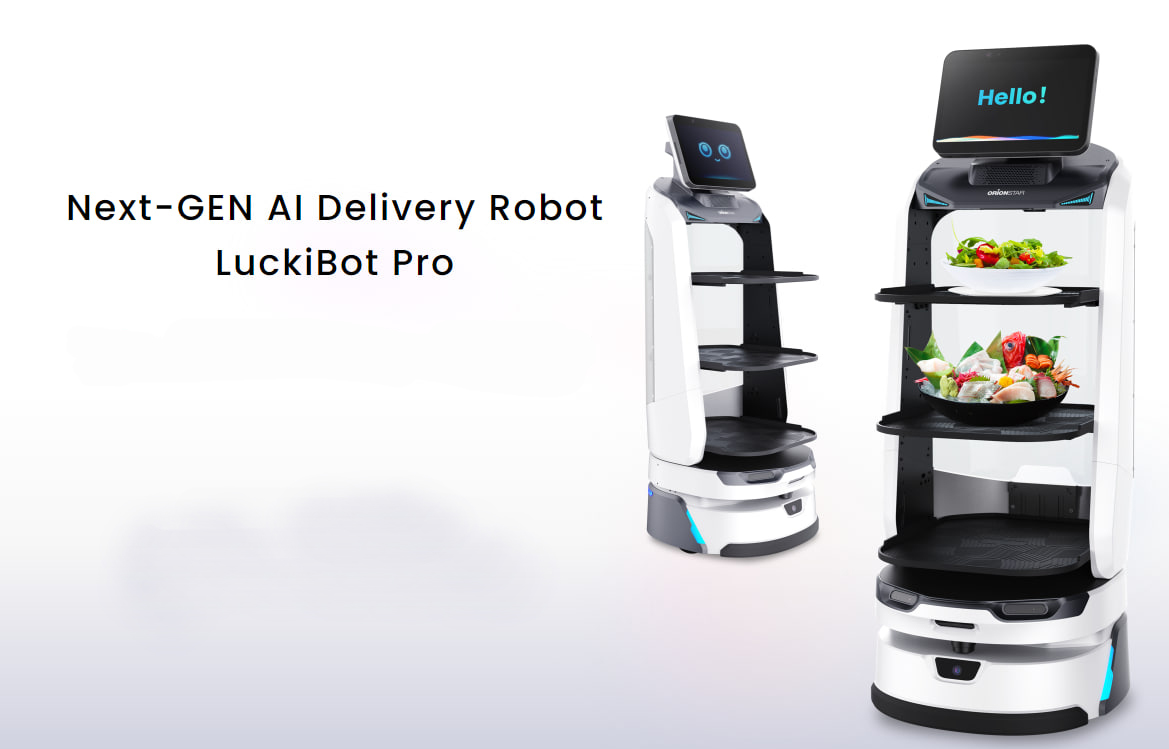Picture this: an entire block of historic houses slowly gliding across the city—not on wheels, but on an army of robots. Sounds like something from a sci-fi movie, right? Well, it just happened in Shanghai, where engineers pulled off one of the most ambitious building relocations in history.
A 90-Year-Old Neighborhood… on the Move
The Huayanli complex, a trio of Shikumen-style buildings from the 1920s and 1930s, weighs a staggering 7,500 tons and covers over 4,030 square meters. Instead of demolishing these architectural treasures, Shanghai’s authorities decided to pick them up and move them—temporarily—to make way for a massive underground development.
But how do you move something that heavy without breaking it?
Answer: 432 high-tech robots.
Robot Legs Carry a Whole Neighborhood
The buildings were carefully lifted onto self-propelled robotic platforms, which inched forward at a painstakingly slow 10 meters per day. The process, which started on May 19, will wrap up by June 7, when the houses return to their original spot—just with a brand-new underground world beneath them.
Engineers monitored the move in real time, ensuring the weight was perfectly balanced to prevent cracks or collapses. It’s like playing an ultra-precise game of Jenga… except with a century-old neighborhood.
What’s Hiding Underneath?
So why go through all this trouble? Because beneath Huayanli, Shanghai is building a massive underground complex featuring:
- Luxury hotels
- An art center
- A concert venue
- A new metro transfer hub
The subterranean space will span 53,000 square meters—turning the historic block into a modern entertainment hub while preserving its old-world charm.
Not the First Time Houses Have Gone for a Walk
Believe it or not, building-moving isn’t new. Even the Soviet Union pulled off similar feats in the 1930s, relisting massive structures with primitive (by today’s standards) machinery. But Shanghai’s robot-powered approach takes it to a whole new level.
Meanwhile, on the other side of the world, American scientists recently unveiled a shape-shifting robot that can switch between flying and crawling—inspired by birds adapting to different terrains. It seems the future of engineering is all about making the impossible possible.


















